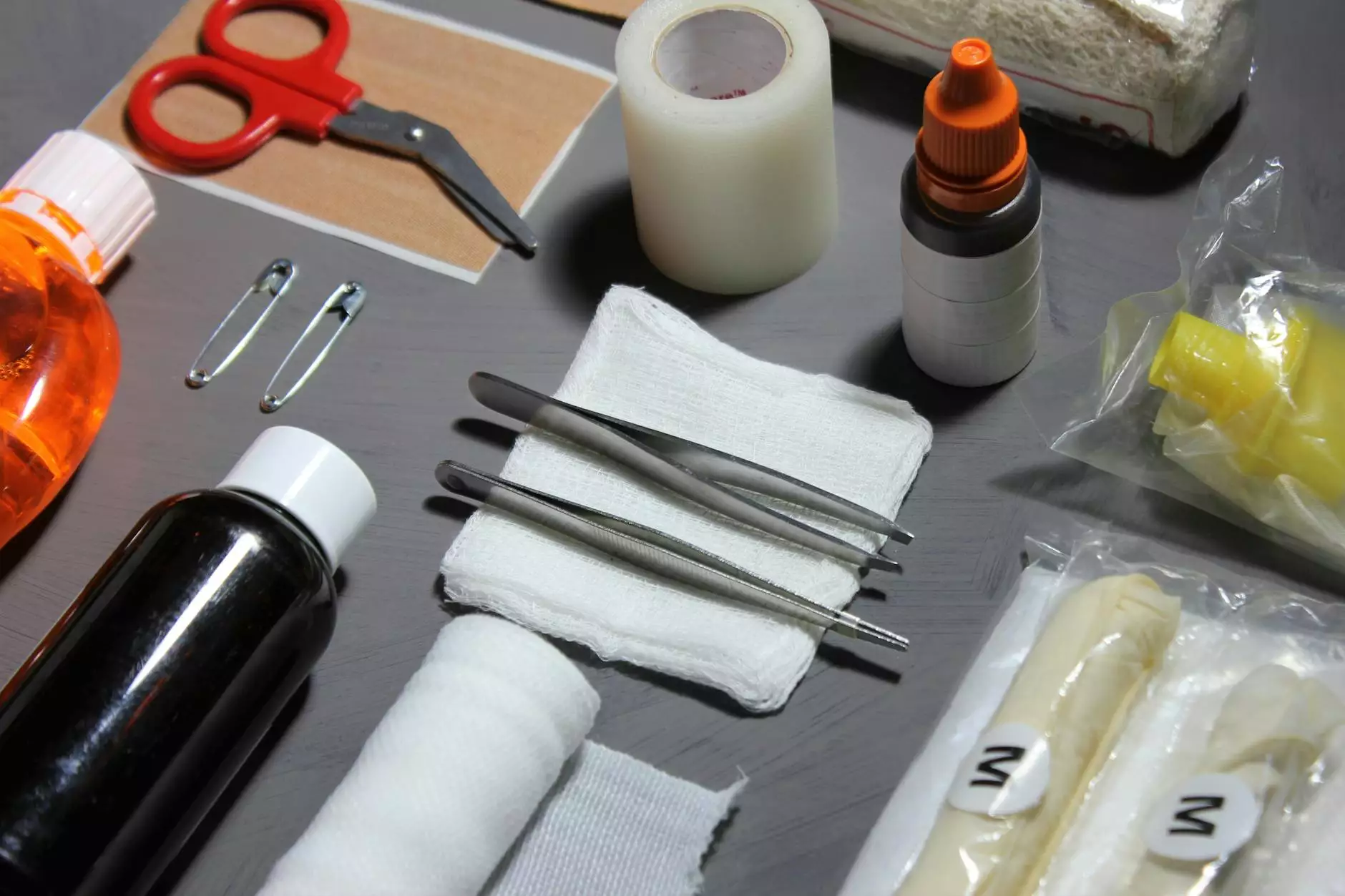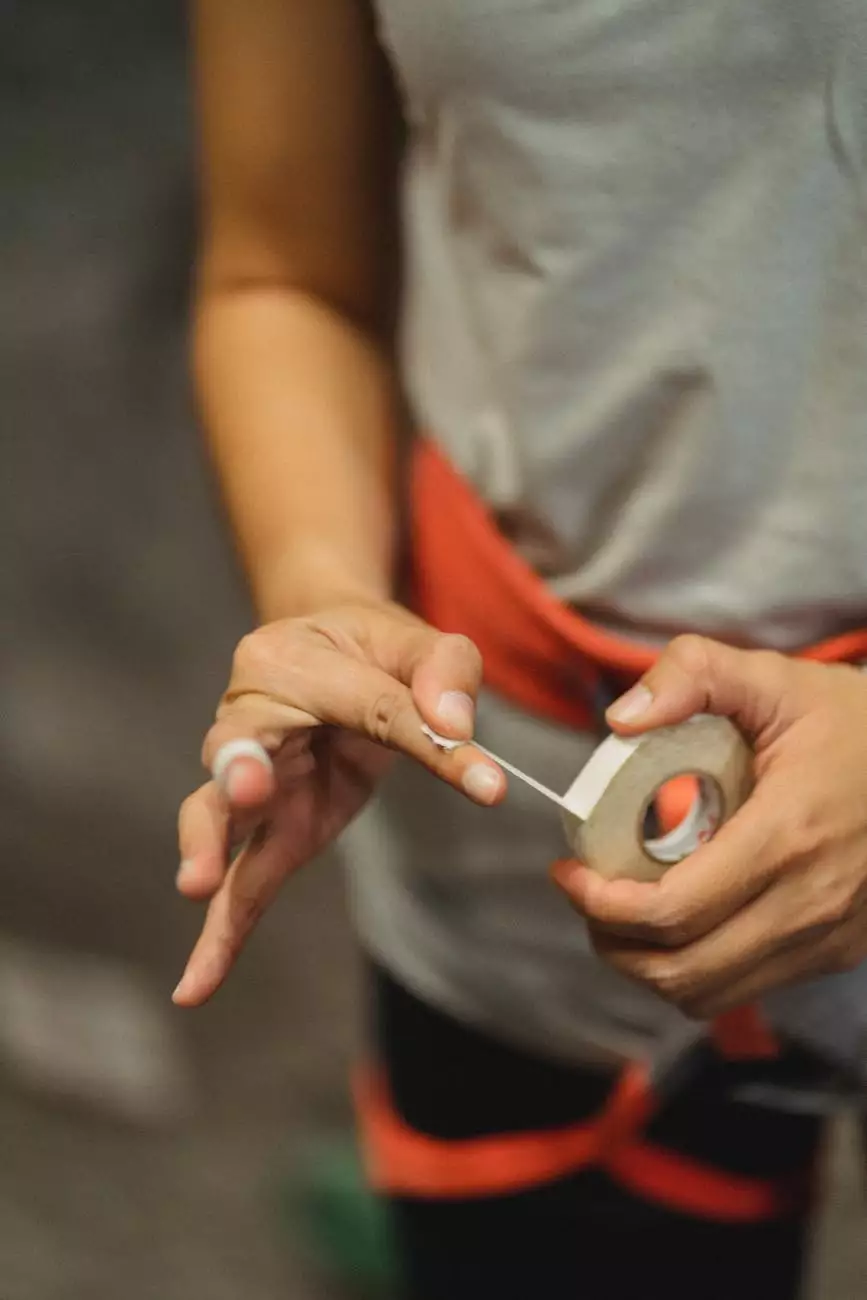Top Basic First Aid Skills That Everyone Should Learn
Health
When it comes to personal safety and well-being, having basic first aid skills is crucial. In this comprehensive guide, Ageless Wisdom Magazine provides you with valuable insights and knowledge on the top basic first aid skills that everyone should learn. By mastering these skills, you can be prepared to handle emergency situations with confidence and potentially save lives.
1. CPR (Cardiopulmonary Resuscitation)
CPR is a life-saving technique used in emergencies when someone's breathing or heartbeat has stopped. Knowing how to perform CPR correctly can significantly increase the chances of survival. Key steps in CPR include:
- Call emergency services immediately
- Start chest compressions at a rate of 100-120 compressions per minute
- Perform rescue breaths (mouth-to-mouth or using a barrier device)
- Continue CPR until professional help arrives
Proper training in CPR ensures that you can respond effectively during critical situations, such as cardiac arrests or near-drowning incidents.
2. Choking Relief
Choking can occur when a person's airway is obstructed by a foreign object. It is crucial to know how to handle choking emergencies, especially when dealing with infants, children, or the elderly. The Heimlich maneuver is commonly used to dislodge the obstructing object:
- Stand behind the choking person and wrap your arms around their waist.
- Place a fist slightly above the person's navel, thumb side in.
- Grasp your fist with your other hand and perform quick, upward abdominal thrusts.
- Continue until the object is dislodged or medical assistance arrives.
Knowing how to respond swiftly and correctly during a choking incident can be life-saving.
3. Basic Wound Care
In cases of minor cuts, scrapes, or wounds, understanding basic wound care is essential to prevent infection and aid in healing. Here are the general steps to follow:
- Wash your hands with soap and water.
- Clean the wound gently with mild soap and running water.
- Apply an antiseptic solution to kill any remaining bacteria.
- Cover the wound with a sterile bandage or dressing.
- Change the dressing regularly and watch for signs of infection.
By properly cleaning and dressing wounds, you can help minimize complications and promote faster healing.
4. Basic Burn Treatment
Knowing how to provide basic first aid for burns is crucial to minimize pain, prevent infection, and promote healing:
- Remove the person from the source of the burn, if possible.
- Cool the burn with running water for at least 10-20 minutes.
- Apply a sterile, non-stick dressing to the burn.
- Avoid using adhesive bandages directly on the burn.
- Seek medical attention for severe burns or if the burn covers a large area.
Providing prompt and appropriate care for burns can make a significant difference in the recovery process.
5. Recognition of Heart Attack and Stroke Symptoms
Recognizing the symptoms of a heart attack or stroke is vital in seeking immediate medical attention. Key symptoms to watch out for include:
- Chest pain or discomfort
- Shortness of breath
- Numbness or weakness on one side of the body
- Difficulty speaking or understanding speech
- Sudden severe headache
If someone experiences these symptoms, calling emergency services is essential for proper medical intervention.
6. Managing Fractures and Sprains
Injuries such as fractures and sprains often require immediate attention. Understanding how to manage these injuries safely can alleviate pain and stabilize the affected area:
- For fractures, immobilize the injured area and seek medical help.
- Elevate and apply ice packs to reduce swelling in sprains.
- Compress the injured area with an elastic bandage.
- Use over-the-counter pain relievers to manage discomfort.
Having knowledge of first aid measures for fractures and sprains can provide temporary relief until professional medical assistance is obtained.
7. Dealing with Allergic Reactions
Allergic reactions can range from mild to severe, and knowing how to respond can be critical, especially in cases of anaphylaxis. Here are some important steps:
- Identify and remove the trigger, if possible.
- Administer an antihistamine, if available.
- In severe cases, administer an epinephrine auto-injector (such as an EpiPen) and seek immediate medical help.
Understanding how to manage allergic reactions can potentially save lives, particularly for individuals with known allergies.
Conclusion
Mastering these top basic first aid skills is not only important for personal safety but also for the well-being of others. Ageless Wisdom Magazine is dedicated to providing you with trustworthy knowledge to empower you in handling emergency situations effectively. Remember, preparation and education are key to being able to respond confidently and mitigate potential risks. Take the time to learn these skills, and you'll be prepared to make a difference when it matters most.










